Editor's Note: The following article on situational awareness was written by Yousef Badou, the founder of Emergence, a company that offers behavioral analysis and threat identification training to government agencies and Fortune 500 companies. For more on Yousef's background, read our interview “Predatory Premonition” from Issue 37 of Offgrid magazine.
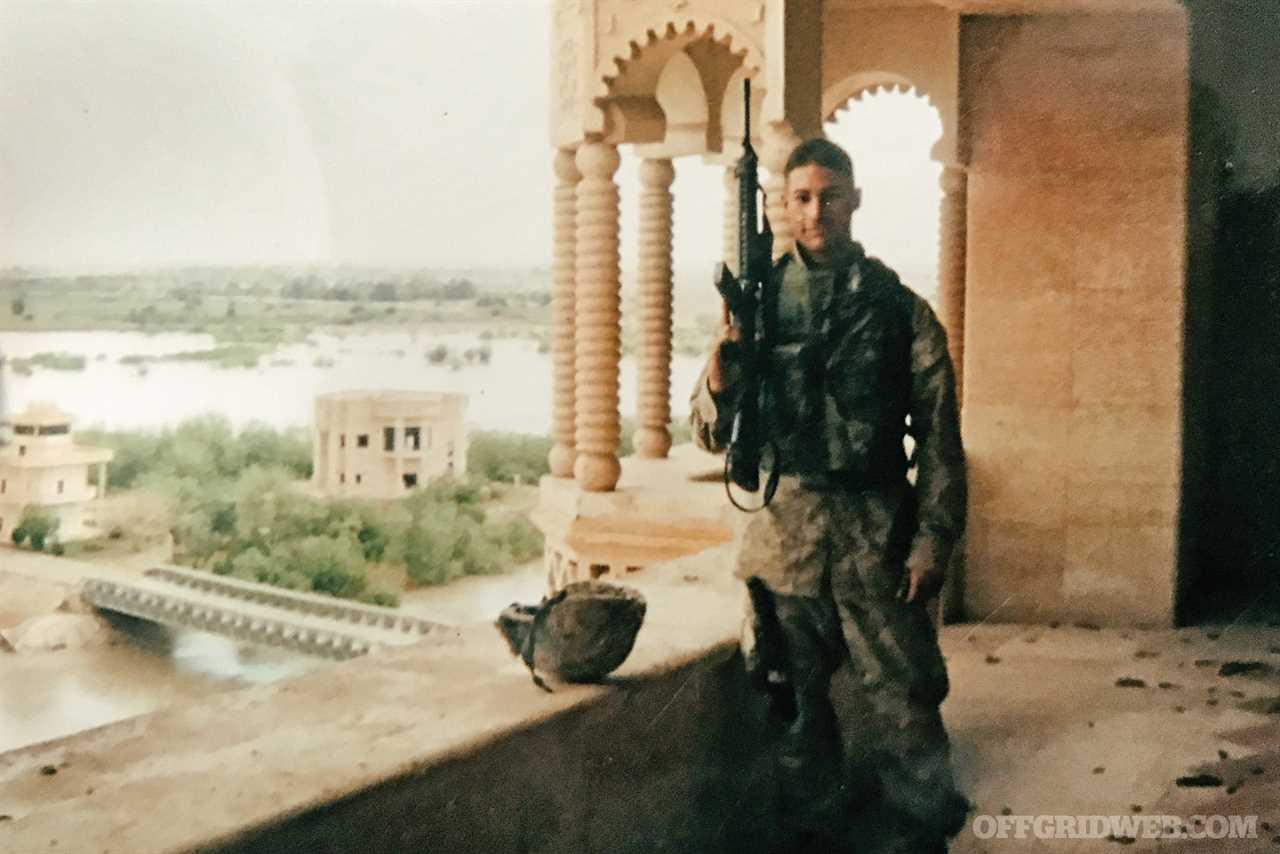
Yousef in one of Saddam’s palaces after the Invasion of Iraq in 2003.
Task, Condition, Standard — this was the mantra beaten into my head as a young Marine heading off to war, and it again followed me back when I landed in the School of Infantry to teach the Combat Hunter Program for the next decade. What am I supposed to do, what’s going to affect me doing it, and how do I know if I did it right? When it comes to situational awareness and understanding the signals the environment is giving all the time, it’s very hard to quantify these answers on paper.
If you look at the term “situational awareness,” it’s right there in the name — situational. It’s completely subjective to the individual and what they bring to the table regarding education, training, and experiences. Just like in combat, when seconds count and your life depends on making the right decision, being able to evaluate your own level of situational awareness is critical. So how do I go about teaching you how to be aware of your surroundings and look for pre-event indicators of a threat?
If I tell you that someone is moving toward you at a faster pace than the crowd around them, they have exaggerated arm swings, and they are red in the face, this person might be preparing to do violence based on the indicated behaviors. However, what if their attention isn’t actually directed at you, but at someone behind you? What if it’s not anger you’re seeing, but a medical event? Are you standing right in front of the entrance to a public bathroom? If that’s the case, you might want to get out of the way.
Situational Awareness Across Industries
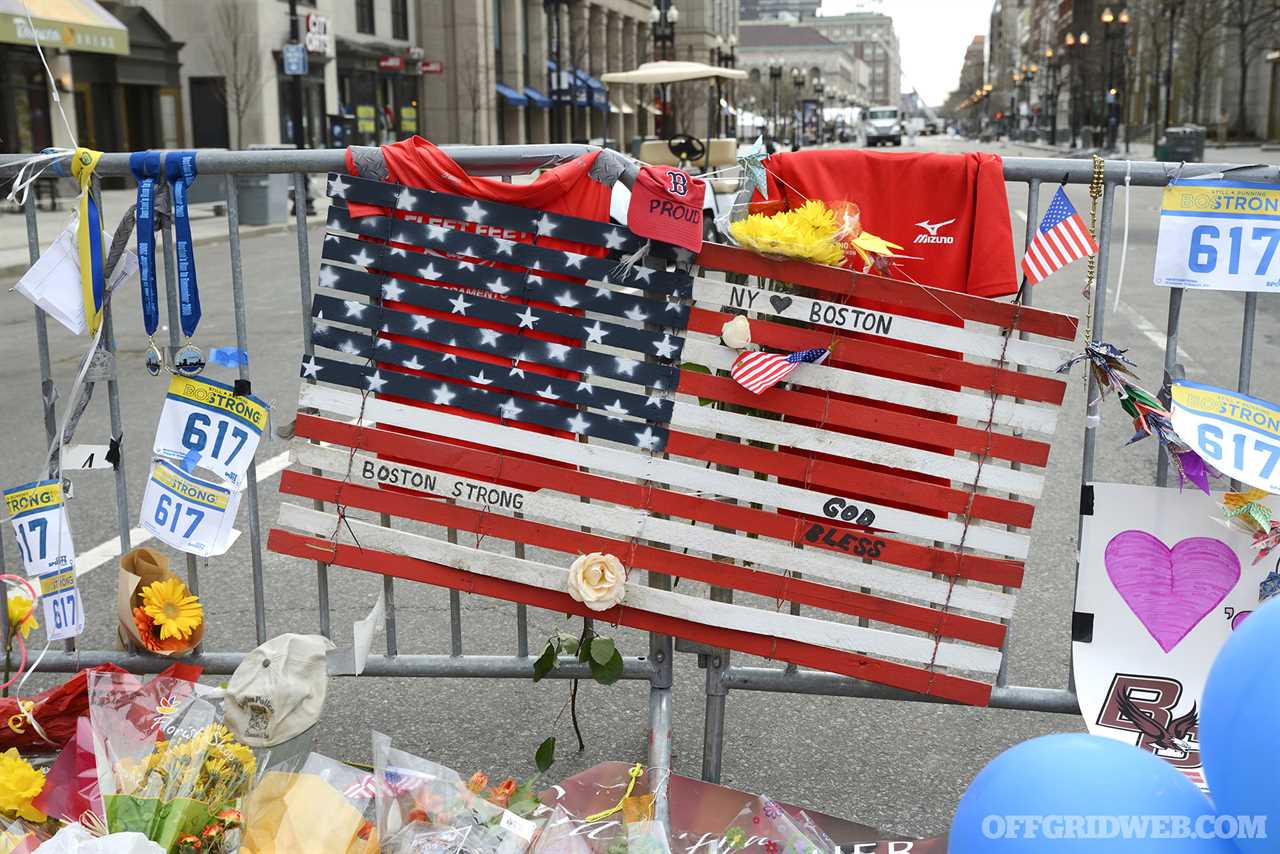
Above: Countless real-world tragedies have proven the importance of threat awareness, especially in crowded public areas.
It’s different for everyone, and it even varies from industry to industry. For example, when a pilot talks about situational awareness, they’re usually referring to their instrumentation, the flight of the aircraft, and other aircraft in the vicinity. Firefighters, on the other hand, use situational awareness to understand where their team is, where the fire is, and, most importantly, where the fire could potentially spread. Therefore, it’s important to be aware of the different types of situational awareness and how they can be applied in different situations. By doing so, you’ll be better prepared to handle whatever comes your way.
There’s a lot of variables at play when it comes to situational awareness. And because of all this variation, there’s no way I can teach everyone how to be perfectly aware with all these different variables in one article. So, let’s dial down the problem and teach you how to evaluate the level of your own personal awareness and what you might need to improve.
Your Awareness “Shot Group”
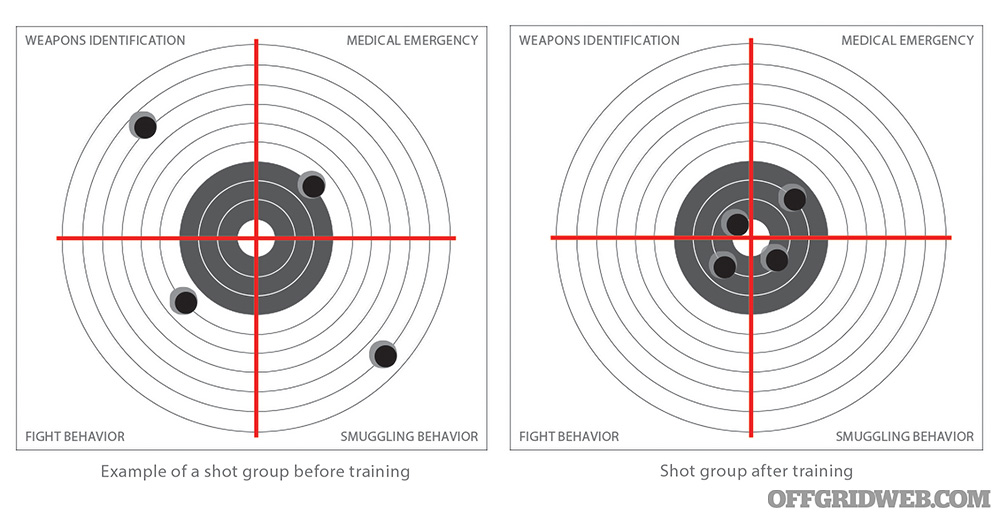
We’ll do this over a series of articles together as we build out your Personal Awareness Shot Group Evaluator. It basically works like a visual for different sections of skills you have or need to improve on. On a scale of 1 to 10 (10 being a bull’s-eye, 1 being the edge of the target), you’ll “plot” the awareness skills you need for your everyday life. Depending on what you do, this pie might only have two wedges or it might have 10, but at the end of this article you need to plot honestly where you are on the pie. The closer the shot group, the more Jason Bourne you are. The wider the shot group, the more comatose you are.
First Wedge: Specific Threat Knowledge
In this first section, you’re going to learn about a specific threat in your area or something that you’ve been worrying about. Your subconscious has a funny way of keeping these things locked up, but by asking some questions, you can bring this information to the surface. Depending on what your background is, the answer to these will vary pretty widely. If you want to build out the wedges in your pie, you need to ask yourself specific questions about your situation and violence that could happen to you.
How could someone hurt me physically?
Be reasonable when you answer these questions and don’t let paranoia take effect. Most people aren’t being hunted down by ISIS. Look to crime statistics, news reporting about violence, and common accidental injuries and apply this data to your situation. If you’re a in law enforcement profession, this list will probably be pretty wide and varied. If you work remotely from home and enjoy a normal family life, you’ll have a shorter list.
How would they do it?
Are there any observable patterns being followed? Same car, same time, same amount of people, etc. What is the bad guy’s typical modus operandi?
What are the observable threat indicators?
Are there any visual indicators that they are about to conduct a crime or violent act? The precious few seconds you have before violence can make or break your response, so look for any hints that an act is about to pop off. Search for news articles with CCTV footage of violent crimes in your area and study the actions of the perpetrators seconds before the event. After watching a few incidents, you’re likely to begin seeing some recurring patterns.
Assessment Example

Above: Consider your lifestyle and the most likely threats you may face. If your whole list sounds like a run-down of scenes from an action movie, you’re probably not being honest with yourself.
Let’s imagine I am the head of my family and there are reports of “follow-home home invasions” in my neighborhood. I’m a software engineer and know nothing about home invasions. This would put my “shot” on the outside of the target, so I’d have a lot of work to do to become better prepared. I read in the news report that the victim of a recent attack survived but suffered blunt-force trauma to the head when one assailant struck him with a tire iron. The other four perpetrators carried tire irons too. They followed the victim home from their place of work and attacked when the victim was stepping out of their car.
How can someone hurt me physically?
Multiple assailants, at least four, using blunt objects in a robbery attempt.
How would they do it?
Based on the only report I have, it appears these assailants used a late-model Honda Civic with tinted windows. They laid in wait at the parking lot of the victim and followed them home to the residence. When the victim stepped from the vehicle, the assailants drove the vehicle into the driveway at a high speed, blocking the victim. They waited until they were out of the car so they could get the keys and force the victim into the home. The victim was struck in the first few seconds of the assault, so they’re quick to use violence.
Observable Threat Indicators
- Late-model Honda with tinted windows
- Multiple individuals waiting in car
- Lurking vehicle in victim’s workplace
- Following the victim home
- Sudden acceleration into driveway
- Screeching tires
- Tire irons
So, now that I did my research on these home invasions, I can move my shot on this pie wedge closer to the middle. From a 1 to a 3. Good enough, right? Wrong! You’re on the paper, but you’re still not hitting black. You have to apply this information; it’s not enough to just understand academically. You have to extrapolate as much info as you can.
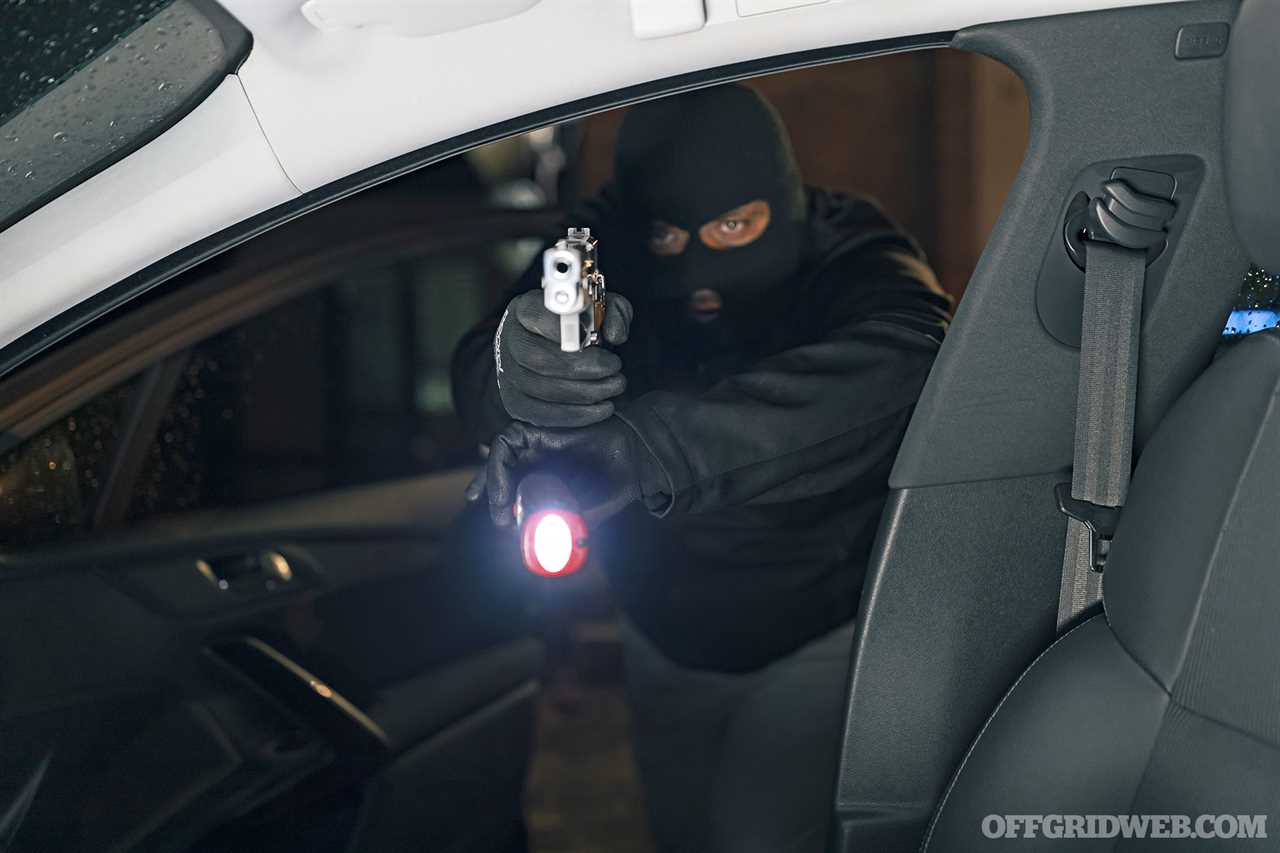
Above: When faced with a violent threat, it’s all too easy to freeze up or tell yourself “this can’t be happening.” Preparation and forethought can help you avoid these instinctive reactions.
A Smart Person Would…
A savvy person who wants to move that shot from a 3 to a 7 wouldn’t only research and write all these things out, but they’d also disseminate the info to their people. For the above example, you could take your findings and let your neighbors and local associations know what to look for, and now you’re building an in-depth defense around your neighborhood. It doesn’t just have to be you out there by yourself, Captain America.
But a Ninja…
If you want to be a true ninja when it comes to personal safety, you need to be proactive. You can’t just sit around and wait for something bad to happen. Get out there and touch the grass, talk to your neighbors, and establish a baseline for what’s the normal pattern of life on your street. After all, you can’t know what’s abnormal if you don’t know what the norm is in the first place. By being proactive and establishing a baseline, you’ll be able to see when something new is introduced and take steps to protect yourself accordingly. So, go ahead and get out there — your neighborhood needs you.
Second Wedge: Response to Violence
How you react to a threat of violence is determined long before the threat actually appears. It’s based on a combination of factors, but the biggest one is your exposure to real-world violence (not TV and movies). So, if we’ve researched the threat and its indicators, do we have the ability to counter it? The training, physicality, tools, or systems developed to prevent threats can’t just sit around gathering dust — we have to train and develop them all the time. Otherwise, we’re sitting ducks.
If you’re not used to violence or threats, you’re up against a lot when it comes to reacting quickly in a dangerous situation. Your brain and eyes are working against you, with cognitive loads, channel capacity, denial, and more factors all slowing down your reaction time. But there are things you can do to train yourself to react more quickly in a crisis. By getting familiar with the signs of danger and practicing your responses, you can learn to overcome the natural hesitation that can cost you precious seconds in an emergency. With some practice, you’ll be better prepared to handle whatever comes your way.
Deny Denial
When it comes to personal awareness, one of the most dangerous traps you can fall into is denial. In a split-second, your brain tries to protect you from the shock of seeing something threatening by telling you it can’t be real. “There’s no way that guy just punched him,” or “There’s no way he just pulled out a gun.” But unfortunately, denial can cost you your life. The best way to protect yourself is to be aware of this trap and be ready to face the reality of a threat, no matter how shocking or unthinkable it may seem. By staying calm and focused, you can give yourself a fighting chance in any situation. Use these techniques to slam a lid on denial if you ever find yourself in a violent situation and you don’t know what to do.

Above: Once we get past “this can’t be happening,” the next reaction is often “why is this happening?” Both responses are a waste of precious time — accept what’s happening and take action as quickly as possible.
Stop Stopping
This line was shamelessly stolen from an Iron Man movie, and it’s one of the best pieces of advice for anyone who finds themselves dealing with violence. Stop stopping! Whatever you’re doing, keep doing it. If all you can do is run, then run and keep going. Once you cease your momentum in these events, it’s very hard to start again due to fear, so keep fighting.
Improve Your Position
I used to hear this often when training for jiujitsu. If you’re on your back, try to get to your side; if you’re on top, try to go full mount. Always improve your position. This might mean barricading yourself in a room or fashioning school chairs into weapons. Notice I highlighted try. You might be completely exhausted, in pain and hopeless, but you never stop trying.
You’re the Leader
Most people will default to denial and inaction when faced with a threat or violence. This can get you hurt just as much as your own actions. If you look around the room when a violent event kicks off and there’s not someone up there hollering orders at people and getting them moving, then, guess what, buttercup? You’re it. Get loud, use your hands to direct people, and even put your hands on them to get them moving, because no one else is doing anything. Carpe that diem!
Delete the Word “Why”
When violence or a threat erupts, the last thing you need to ask yourself is why. Why is a word for later, why is a word for the detectives to ask after they clean up the mess. If someone is moving toward me in an aggressive fashion with a brick in their hand, then why doesn’t matter. Nor do I care. I’m just trying to figure out how to take possession of said brick.
Closing Thoughts
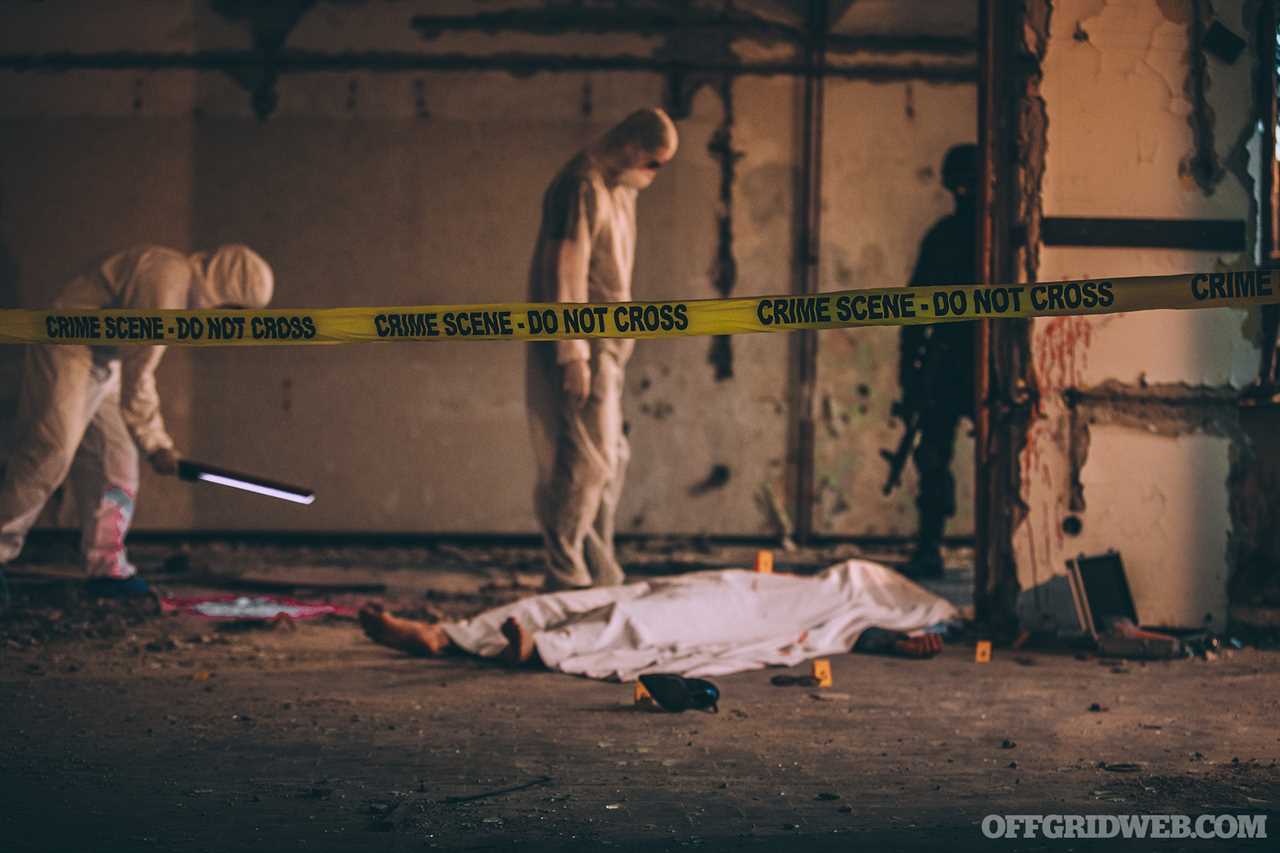
Above: The best way to overcome violence is to avoid it entirely. Proactive situational awareness can help you do exactly that.
So, if you’ve been following along “plotting your shots,” you should have a circle with two pie wedges. One shot in the “Specific Threat Knowledge” category and another labeled “Response to Threat.” If you had zero exposure to this knowledge, you should’ve started off somewhere near the edge of the target with both shots, but by understanding how to evaluate yourself, we can now move those shots closer to the middle. I’ll be filling out more sections in the next two articles of this series, so make sure to follow along until the end. Every one of these sections builds on the other and just one missing component can ruin your day.
So, how did you do? How aware are you of your surroundings, and what can you do to improve upon that awareness? The situational awareness “Shot Group” is a great starting point, but it’s not the be-all and end-all. There will always be new situations to face and challenges to overcome, so keep honing your skills and stay vigilant. Remember, situational awareness isn’t about being paranoid or living in a state of constant fear; it’s about being prepared for anything that comes your way. With that preparation comes peace of mind and an increased chance of survival should the unexpected happen.
About the Author
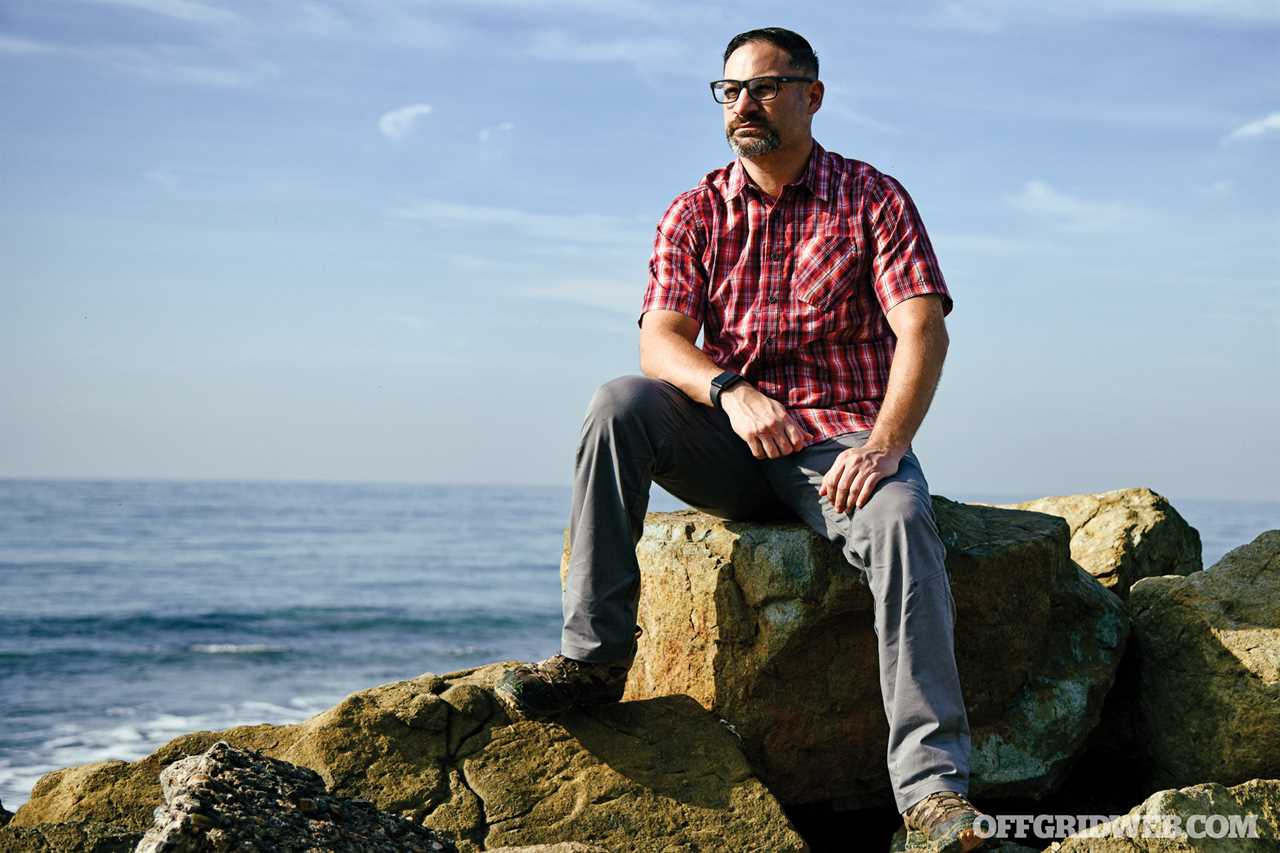
Yousef Badou is the owner and founder of Emergence, a service-disabled veteran-owned small business (SDVOSB) providing behavioral awareness training to Fortune 500 companies, military, and other government agencies. Yousef began his journey into security training after multiple deployments with the United States Marine Corps. He’s an Arabic speaker and former infantryman, along with being the longest-standing member of the USMC Combat Hunter Training Program. With so many threats on the horizon, Yousef believes the best way to disrupt these threats is through education on pre-event indicators and behaviors of violence. www.emergencedisrupt.com
Related Posts
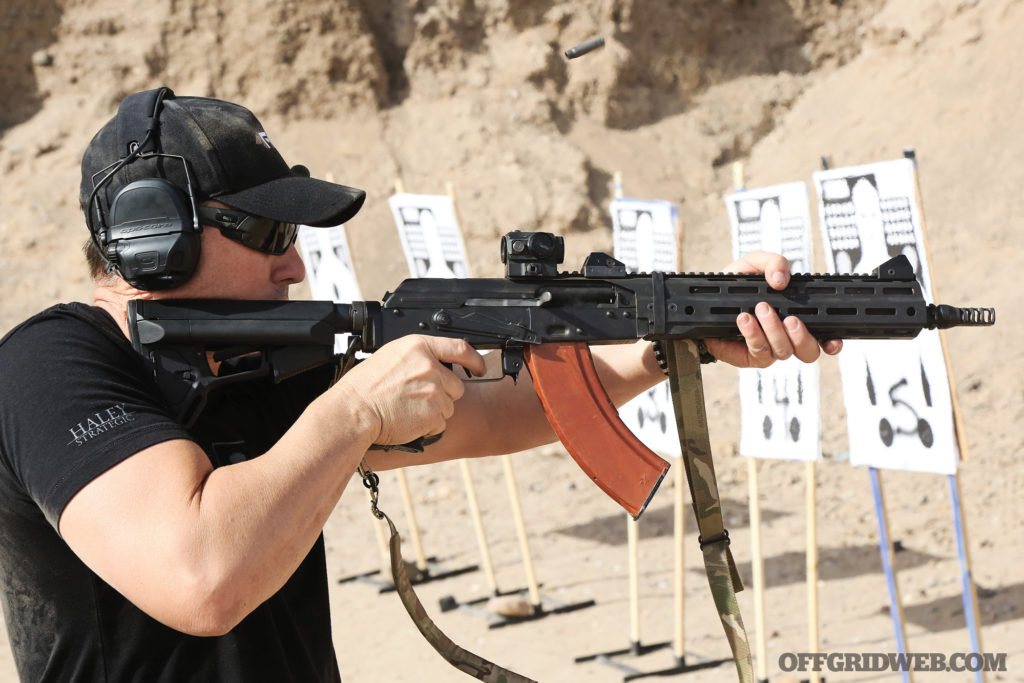
Haley Strategic Kalashnikov: The Basics of Shooting an AKThe AK platform is rugged, reliable, easy to operate, and commonly found all around the world. Haley Strategic showed us how to use it.

Preps of the Pros: OFFGRID Editor Tom Marshall's EDC Gear & Go BagDefend, Move, Communicate, Medicate — your EDC gear should enable you to protect yourself, navigate, call for help, and treat injuries.

Bag Drop: Hiking the Grand Canyon with an Osprey Kestrel 48I needed a pack that was tough and dependable, so I chose the Osprey Kestrel 48. It weighs about 3.5 pounds and has a multitude of pockets.
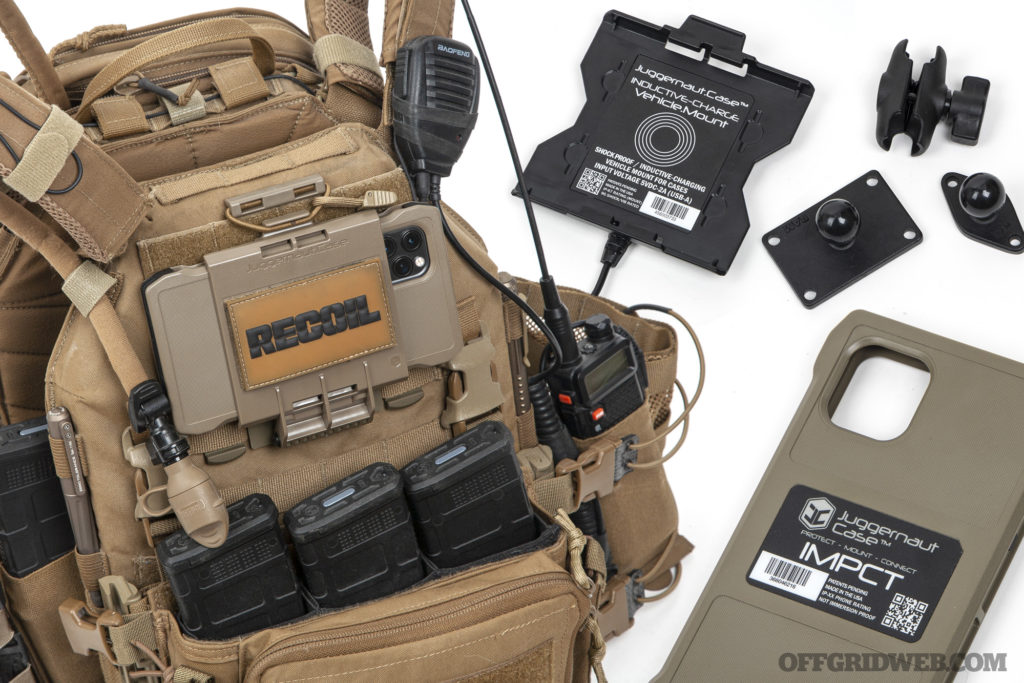
Review: Juggernaut Case Plate Carrier Phone Mount & Car ChargerI used parts from Juggernaut Case and RAM Mount to adapt my smartphone to a plate carrier and a inductive car charger in my Toyota 4Runner.
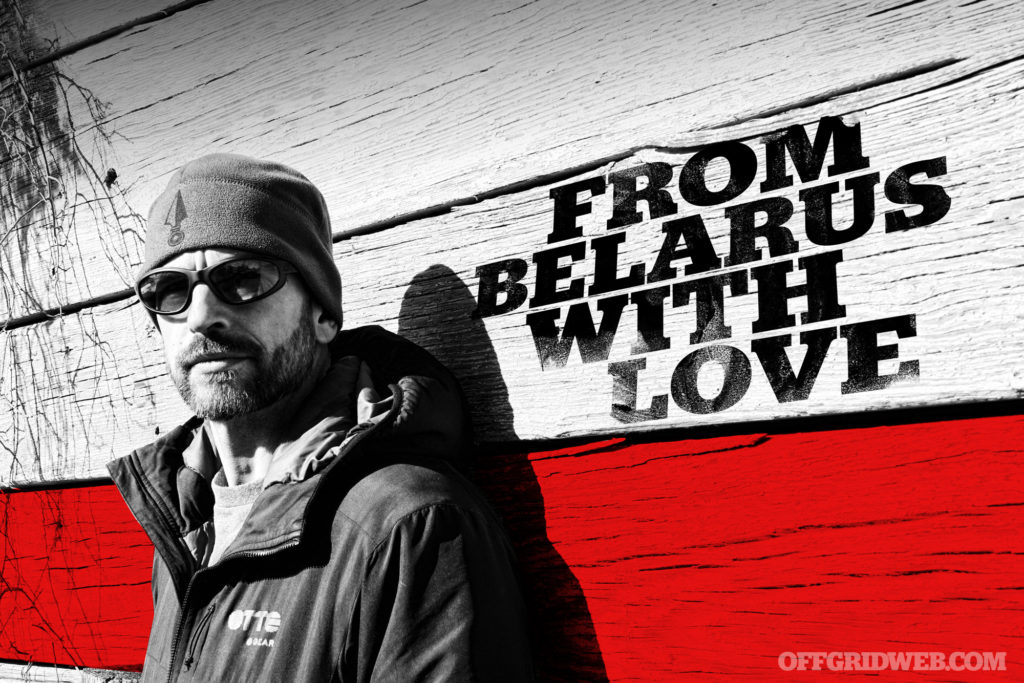
Lessons from a Soviet Union Collapse & Chernobyl SurvivorAfter living through the collapse of the Soviet Union and the fallout of Chernobyl, Greg Mihovich understands the value of preparedness.
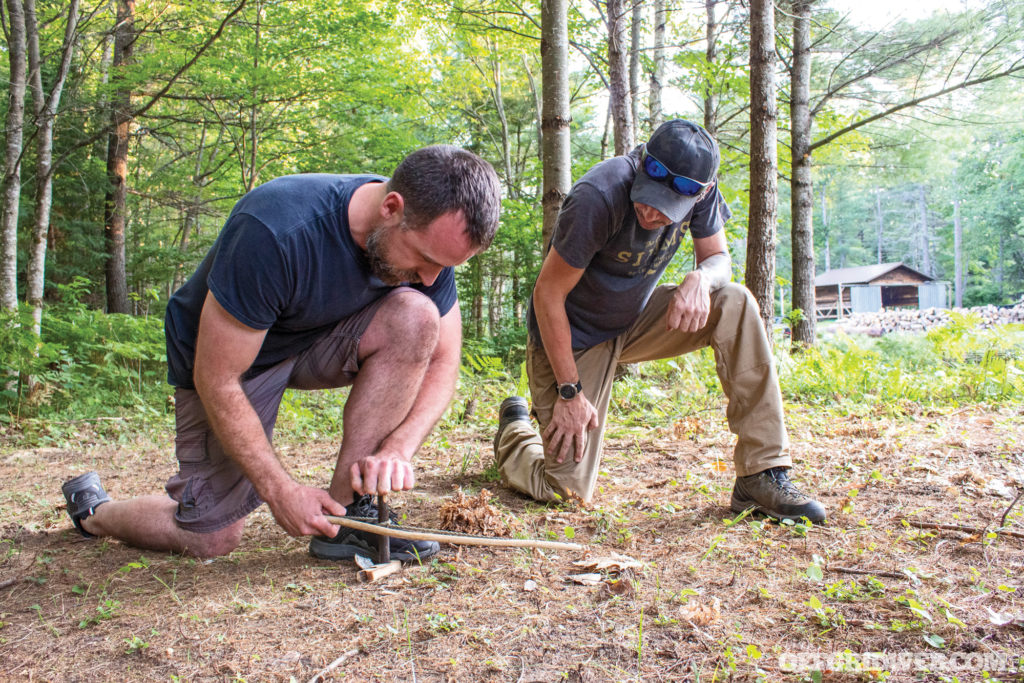
Jerry Saunders Interview: At Home in the InhospitableJerry Saunders is a Marine veteran, bladesmith, founder of Corvus Survival, and expert in cold-weather survival skills.
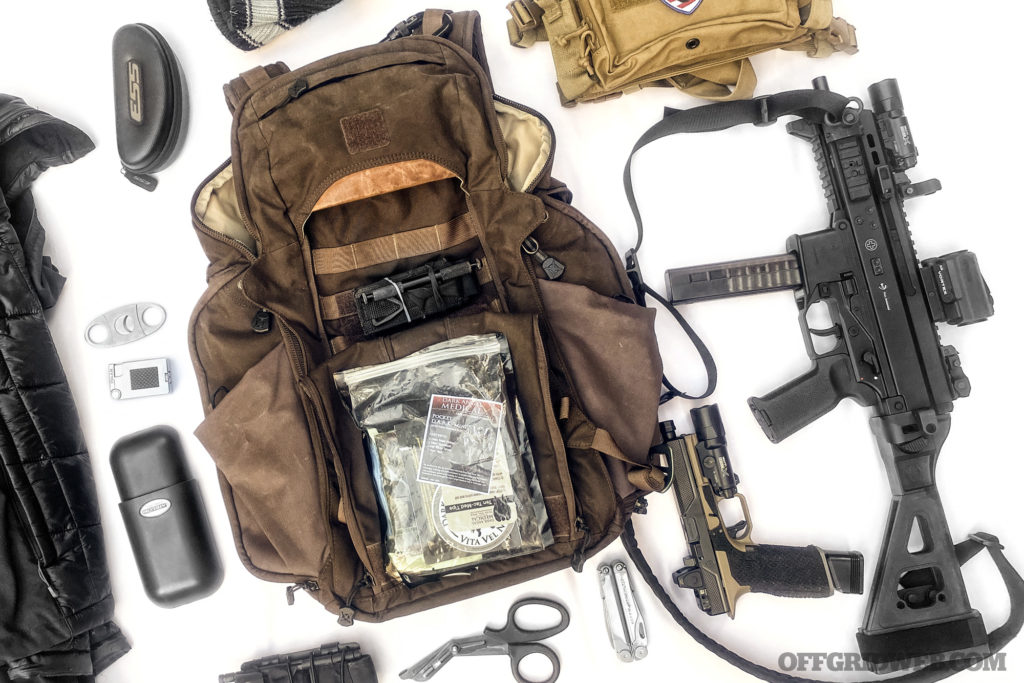
Bag Drop: Personal Security Detachment BackpackThe point of Personal Security Detachment (PSD) is to offer close protection of a high-value individual. You don’t want to look heavily-armed.

iPhone 14 Adds Satellite SOS and Crash Detection FeaturesThis week, Apple announced some new emergency preparedness capabilities for the iPhone 14: automatic car crash detection and satellite SOS.

The Unfriendly Skies: Chinese Combat Drones in the Libyan Civil WarBANG — the money shot. Right in the living room. Sprayed by plaster and coughing up dust, the soldiers finally decide we should leave.
The post Situational Awareness Evaluation: Part 1 appeared first on RECOIL OFFGRID.
By: Offgrid Staff
Title: Situational Awareness Evaluation: Part 1
Sourced From: www.offgridweb.com/preparation/situational-awareness-evaluation-part-1/
Published Date: Sat, 10 Sep 2022 11:00:44 +0000
-------------------------------------------------------------------------
 CampingSurvivalistHuntingFishingExploringHikingPrivacy PolicyTerms And Conditions
CampingSurvivalistHuntingFishingExploringHikingPrivacy PolicyTerms And Conditions
